Hope for 20,000 in heart, cancer fight
Leading clinicians say the lives of up to 20,000 Australians with an undiagnosed disease that leads to heart failure could potentially be saved using groundbreaking new methods.
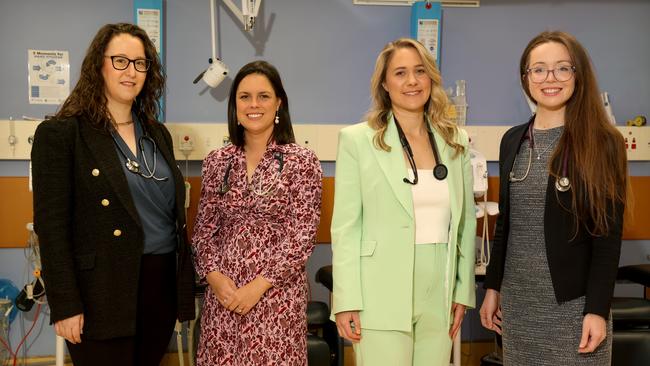
Leading clinicians say the lives of up to 20,000 Australians with an undiagnosed disease that leads to heart failure could potentially be saved if the condition is picked up early and treated with groundbreaking new methods.
A new multidisciplinary clinic at St Vincent’s Hospital, in Sydney, is treating patients with amyloidosis, a disease that occurs when a protein called amyloid builds up in tissue and organs – including the heart, kidney and nervous system – potentially causing heart failure or other conditions such as cancer.
A collaboration with the Victor Chang Cardiac Research Institute, the clinic is one of six specialised centres in Australia treating amyloidosis, but St Vincent’s Hospital heart failure and transplant cardiologist Nikki Bart said a lack of awareness across the Australian medical community and the wider population was leaving an estimated 20,000 patients undiagnosed and many more not having streamlined access to the new lifesaving treatments.
“When I was a medical student, we were taught that this is a super-rare condition that was untreatable,” Dr Bart said.
“Even five years ago, it was considered a fatal condition and patients had a life expectancy of only four years. But the prevalence is probably quite high and we’re just at the tip of the iceberg in terms of diagnosis.”
Amyloidosis is caused by misfolding of tiny protein deposits known as fibrils that can accumulate in the heart, kidneys or nerves.
“They can kind of deposit or get stuck in the heart walls or the heart valves, and then the heart walls get very thick,” Dr Bart said.
“What happens initially is that the heart has problems relaxing, and then eventually, it has problems contracting. So, most patients die of heart failure, but you can also have serious heart rhythm problems and have valve problems too.”
Heart failure accounts for about one in 50 deaths in Australia. The diagnosis of amyloidosis has advanced significantly in recent years because of better screening methods and the availability of specialised blood tests, nuclear medicine scans and bone scans that have enabled non-invasive diagnosis.
As well, there are now disease-modifying drugs that can act upon the amyloid fibrils. Patients at St Vincent’s Hospital amyloidosis clinic are being enrolled in several different trials, accessing therapies ranging from medications to injections to gene-modifying therapies.
The clinic also assists patients to co-ordinate their care, providing access to specialist cardiology, neurology, haematology and genetic counselling.
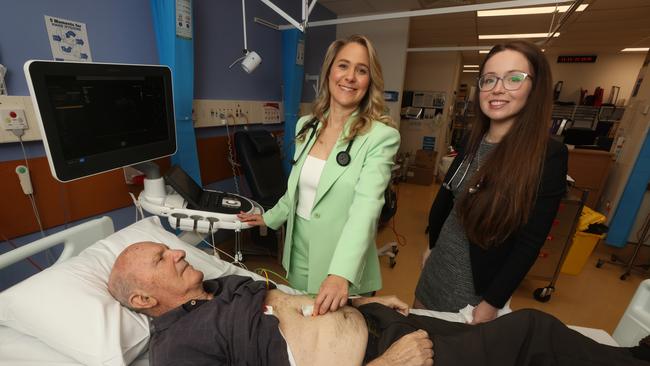
The team, which includes Dr Natasha Gorrie, a cardiac amyloid fellow at Victor Chang Cardiac Research Institute, who is the only fellow in Australia specialised in amyloidosis in a clinical capacity, has seen 30 new patients in the past 12 months. This has resulted in 20 new diagnoses of amyloidosis and two early cardiac transplant referrals.
But patients who do not have access to specialist amyloidosis clinics are usually not getting referred for screening or diagnostic imaging.
“There is a critical unmet need for earlier diagnosis before irreversible organ damage occurs, especially cardiac damage,” Dr Bart said.
One patient being treated at St Vincent’s Hospital is 78-year-old Sydney man Geoffrey, who had symptoms of breathlessness, faintness and extremely low blood pressure, and saw many specialists before being properly diagnosed with amyloidosis. He is now undergoing treatment.
“Until the clinic zeroed in and found what the cause was, I don’t think anyone would have been able to treat it,” he said. “I feel very privileged to have had this cluster of brains looking at my case.”
Dr Bart said she wanted doctors to be particularly aware that patients experiencing shortness of breath – especially with movement that gets worse over time – was a classic symptom of amyloidosis, as well as lower leg swelling.
She said those with a family history of cardiac amyloidosis should be routinely screened.
“Our main message is that this previously was considered a fatal condition and patients had no treatment, but what we have now is disease-modifying therapies that can potentially lead to remission of this condition,” Dr Bart said. “But these patients need to be referred and diagnosed early, so education, awareness and support are all vital.”



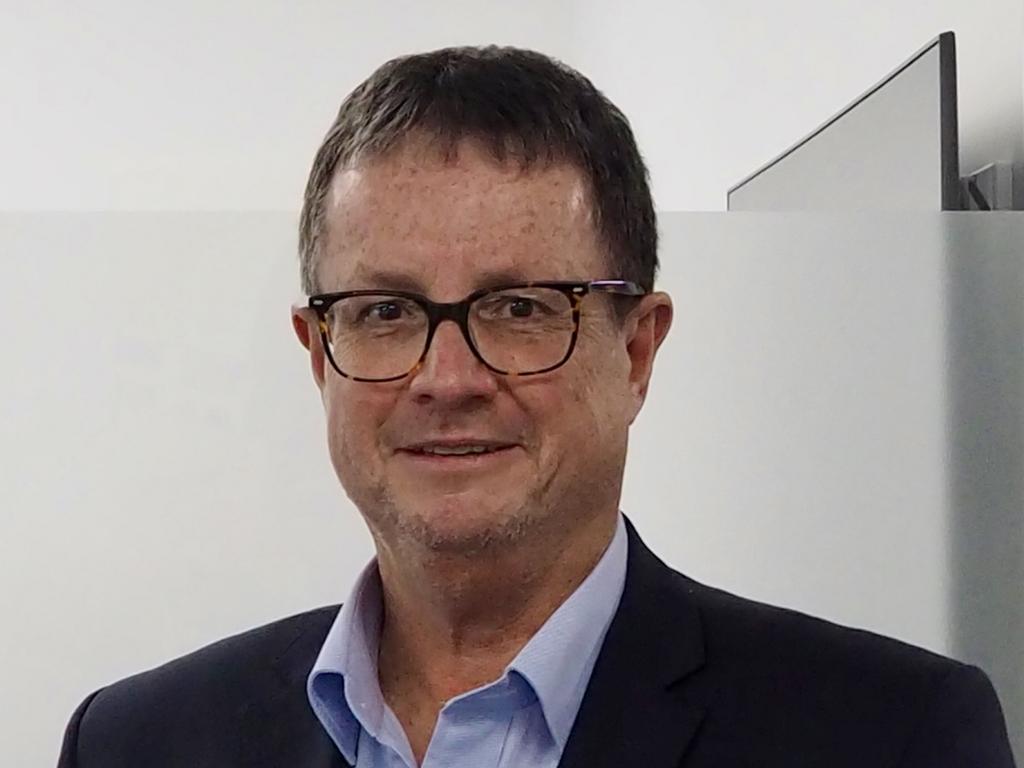
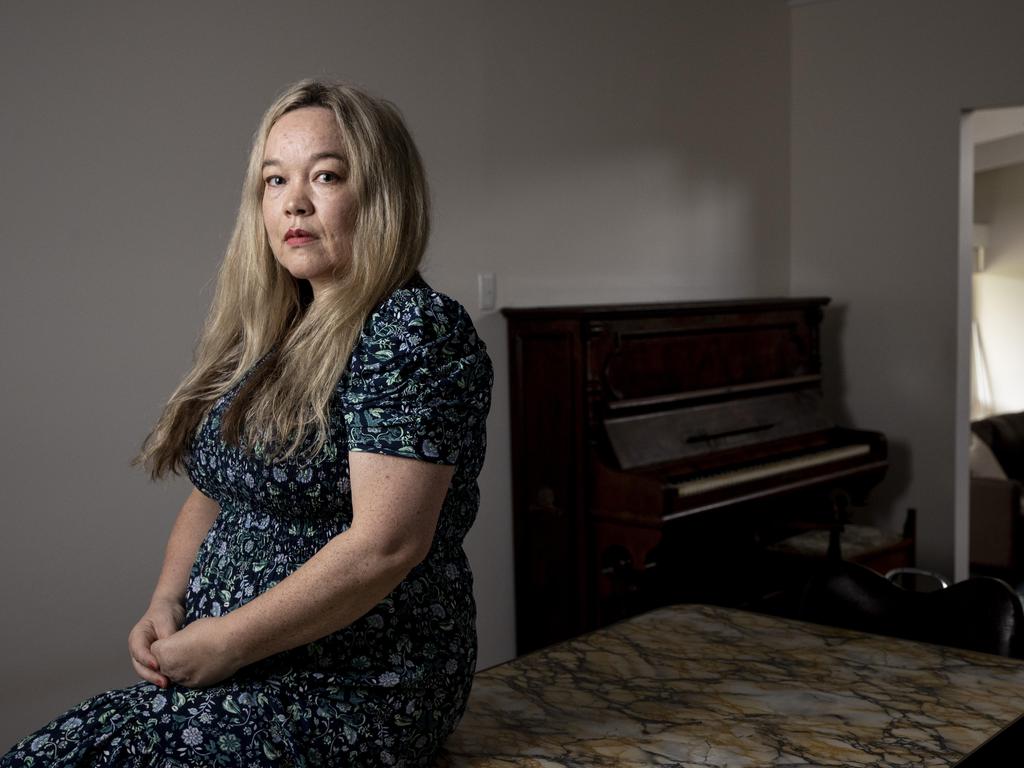
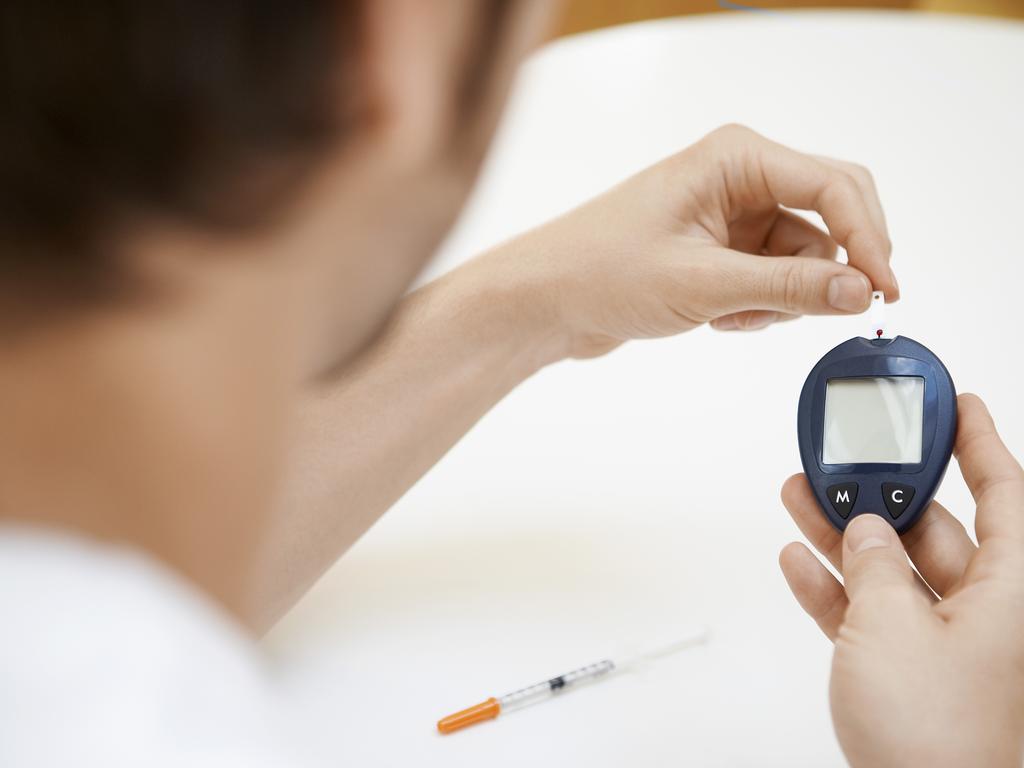

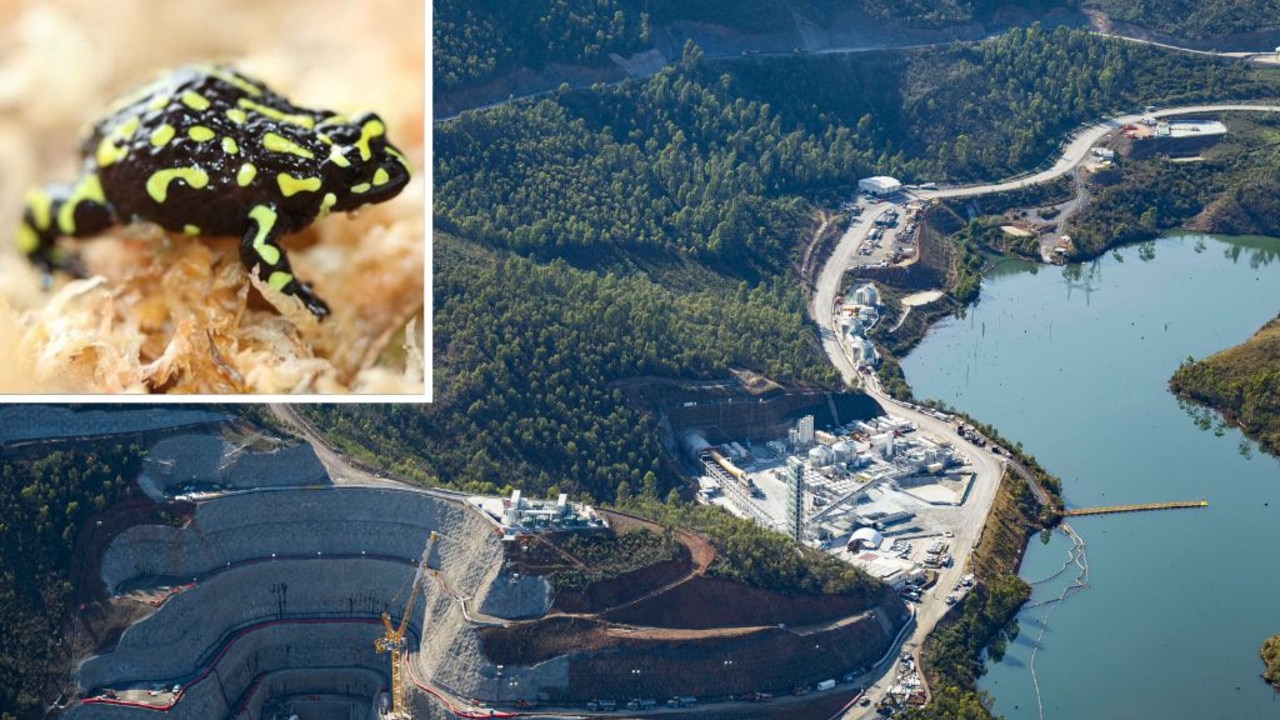
To join the conversation, please log in. Don't have an account? Register
Join the conversation, you are commenting as Logout